Are Multigenerational Labradoodles BETTER?
Ahhh … the Labradoodle. One of the first designer dog breeds, the Labradoodle is the perfect combination of two hugely popular breeds; the Poodle and the Labrador Retriever.
The result? The friendly, outgoing personality of a Lab and the intelligence and trainability of a Poodle. Labradoodles are also often hypoallergenic, as they inherit the Poodle’s low-shedding coat.

This makes them ideal companions for people with allergies.
In addition, Labradoodles are known for being excellent service dogs, as they can perform complex tasks and have a calm demeanor.
However, not all Labradoodles are created equal. There are first and second generations of Labradoodles, then there are the multigenerational Labradoodles that can be any mixture of both parent breeds.
In this blog post, we’ll look at all kinds of Labradoodles with varying levels of the Labrador and Poodle genes, and see whether they are, in fact, better.
What Are Multigenerational Labradoodles?
When both parents are Labradoodles in whatever Poodle-Labrador percentages, the result is multigenerational offspring. To understand these hybrid dogs, we’ll have to first look at their genetics.
F1 Labradoodle
A filial hybrid, denoted by “F” in genetics, is a crossbreed between two different parent breeds. An F1 hybrid means that it is the first generation of hybrids, created by crossing a purebred Poodle with a purebred Labrador Retriever, resulting in a hybrid that is 50%/50% Lab and Poodle.
F2 Labradoodle
This is a second-generation hybrid that can be created by crossing two F1 Labradoodles or two F1b (see below) dogs. F2 Labradoodles are considered multigenerational Labradoodles as long as both parent breeds are hybrids. F2 Labradoodles can be any mix of Lab/Poodle, depending on the mix of their parents. F3 are crosses of two F2s, and so on.
F1b Labradoodle
Now things get even more tricky with the backcross, denoted by the “b.” It simply means that an F1 Labradoodle that is 50%/50% Lab and Poodle is backcrossed into a purebred parent, most commonly a Poodle.
The backcrossing is often done to have the resulting hybrids inherit more traits of the purebred parent. For example, a 50/50 Labradoodle could be backcrossed into a 100% Poodle bloodline in the hopes of the resulting 75% Poodle / 25% Lab offspring having hypoallergenic coats.
Are Multigenerational Labradoodles Better?
Multigenerational Labradoodles simply refer to hybrids where both parents are Labradoodles. These dogs have the same genetic predispositions as their parent Labradoodle mixes and are as healthy as previous generations.
However, someone with allergies might choose a multigenerational Labradoodle with more Poodle in their ancestry to have a greater chance of a hypoallergenic dog.
What Is A Hypoallergenic Dog?
A hypoallergenic dog is a dog that is less likely to cause an allergic reaction in people who are allergic to dogs. Many people who are allergic to dogs are actually allergic to the dander, which is the dead skin cells that the dog sheds.
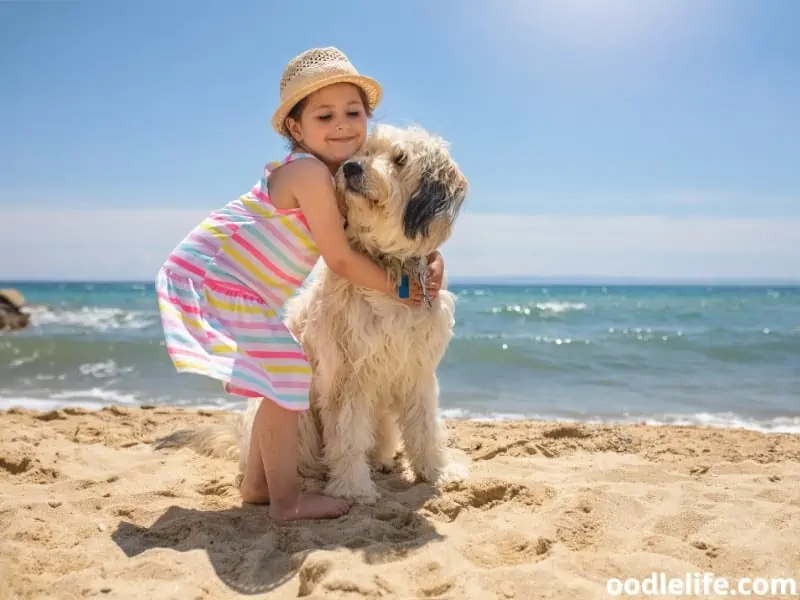
Hypoallergenic dogs produce less dander than other dogs, so they are less likely to trigger an allergic reaction. There are several different breeds of hypoallergenic dogs, including Poodles, Bichon Frises, and Maltese dogs. Labrador Retrievers are, unfortunately, not hypoallergenic, so a first-generation Labradoodle has a 50/50 chance of having a hypoallergenic coat.
Hypoallergenic dog breeds typically do not shed as much as other breeds, so they are a good choice for people with allergies. However, it is important to note that no dog is completely hypoallergenic, so these dogs may still cause an allergic reaction in the most sensitive people.
Are Multigenerational Labradoodles Hypoallergenic?
Many Labradoodles are backcrossed into the Poodle bloodline to increase the chances of a hypoallergenic coat. Breeders are meticulous in selecting their breeding pairs to accomplish just that.
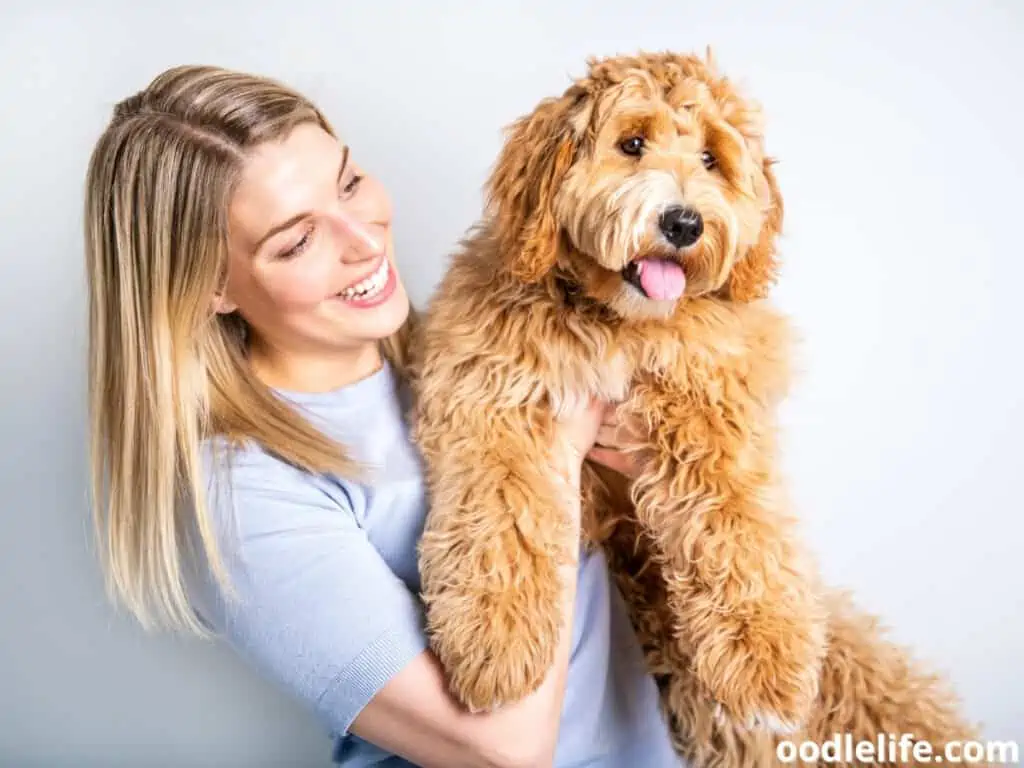
Multigenerational Labradoodles are likely bred to have low-shedding coats, and most of the ones you’ll find would very likely be hypoallergenic.
Their coats will be short and wavy, similar to a Poodle’s. Even though it is low-shedding, it will still require frequent brushing to keep mats and tangles away as well as remove whatever small amounts of dead fur and dander there are.
You’ll need a slicker or bristle brush, but as Labradoodles are single-coated dogs, you can give the undercoat rake a pass. When it comes to choosing the right brush for your Labradoodle, there are a few things you’ll want to keep in mind.
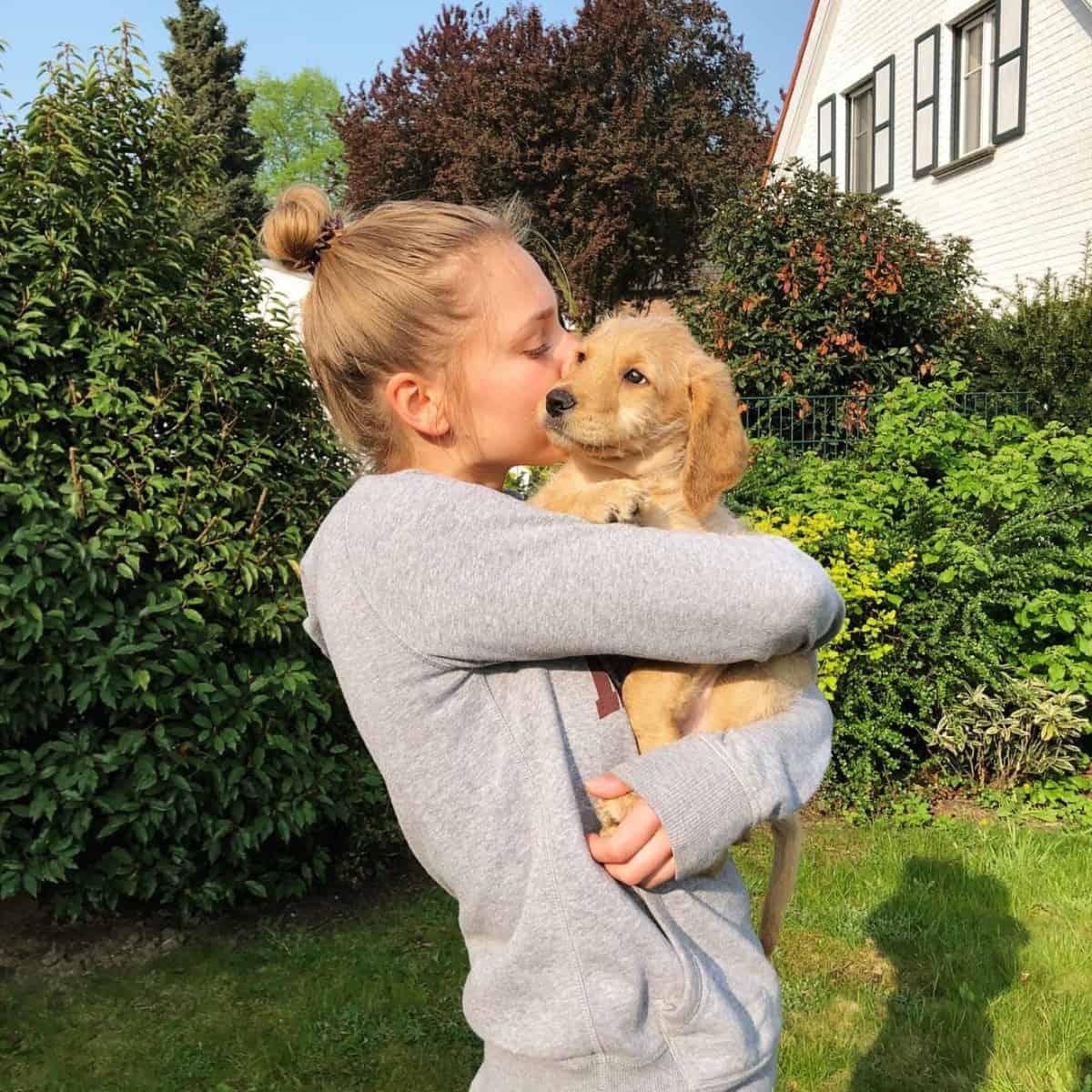
You’ll want to choose a brush with soft bristles that won’t damage the skin. If your dog has a long, curly coat, you’ll want to choose a brush with longer bristles that can reach down to the skin. You’ll also want to consider the size of the brush.
A small brush will be easier to use on a small dog, while a larger brush will be better suited for a large dog. Finally, you’ll want to make sure that the brush is comfortable for you to use. After all, you’ll be the one doing the brushing!
Are Multigenerational Labradoodles Healthy?
Multigenerational Labradoodles are not more or less healthy than their F1 counterparts bred from two purebred parents. They are susceptible to many health conditions that Poodles and Labradors are genetically predisposed to.
1. Joint Problems
Joint conditions such as hip and elbow dysplasia are common problems in Labradoodles. This condition occurs when the hip joint does not fit properly into the socket, causing pain and mobility problems. While hip dysplasia can be treated with surgery, it is often painful and expensive.
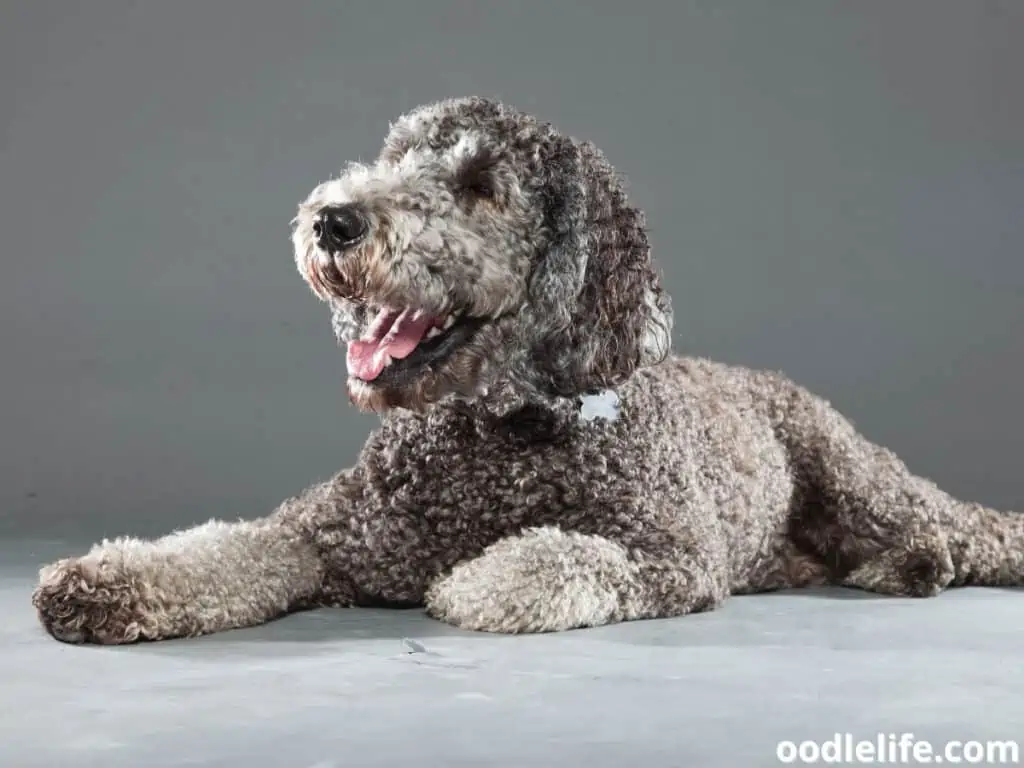
Therefore, it is important to be aware of the signs of hip dysplasia and to have your dog checked by a veterinarian if you suspect that he or she may be affected.
2. Eye Problems
Progressive retinal atrophy (PRA) is a condition that affects the retina, the light-sensitive tissue at the back of the eye. PRA is an incurable, degenerative disease that leads to blindness.
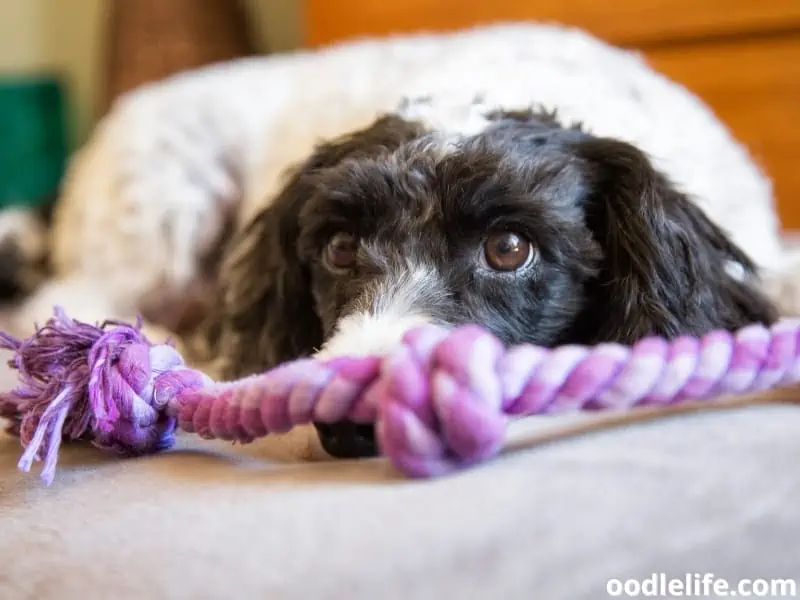
Labradoodles are increasingly popular as pets, but many prospective owners are unaware of the risks associated with the breed. One of those risks is progressive retinal atrophy. PRA is a debilitating condition that causes blindness, and it affects Labradoodles more than other breeds of dogs.
While there is no cure for PRA, early detection is crucial to slowing down the progression of the disease.
With regular eye exams and prompt treatment, dogs with PRA can enjoy a good quality of life for many years. However, without early intervention, PRA will eventually lead to complete blindness. When considering a Labradoodle as a pet, be sure to ask your breeder about the steps they take to avoid PRA in their puppies.
3. Von Willebrand’s Disease
Von Willebrand’s Disease is a hereditary blood disorder that can affect dogs of all breeds, but it is particularly common in Labradoodles. The disease is caused by a deficiency of the Von Willebrand factor, a protein that helps the blood clot.
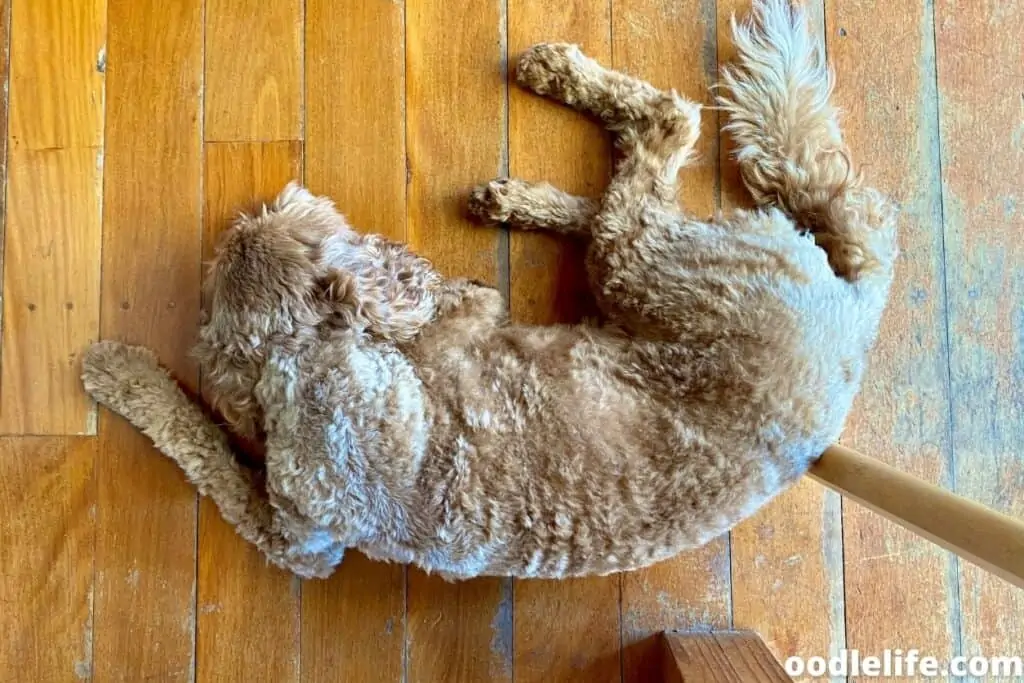
This can cause bleeding from the nose, gums, or intestines, and even heavy menstrual bleeding in female dogs. Von Willebrand’s disease is not curable, but it is treatable. There are several medication options available that can help to control the symptoms and allow your dog to live a long and happy life.
If you think your dog may be affected by Von Willebrand’s disease, talk to your veterinarian about treatment options.
4. Thyroid Problems
Labradoodles may be more prone to developing thyroid problems than other dog breeds. The thyroid is a small gland located in the neck that produces hormones that regulate metabolism. When the thyroid doesn’t function properly, it can cause a variety of problems including weight gain or loss, excessive thirst or hunger, and fatigue.

Labradoodles may be more likely to develop thyroid problems because of their genetic makeup. They are a cross between a Labrador Retriever and a Standard Poodle, and both of these breeds are at higher risk for thyroid disorders.
5. Obesity
Like almost all dogs, Labradoodles love food, and it can be all too easy to overindulge them. When left unchecked, obesity can lead to a host of health problems, including joint pain, respiratory difficulties, and diabetes. The good news is that obesity is entirely preventable.
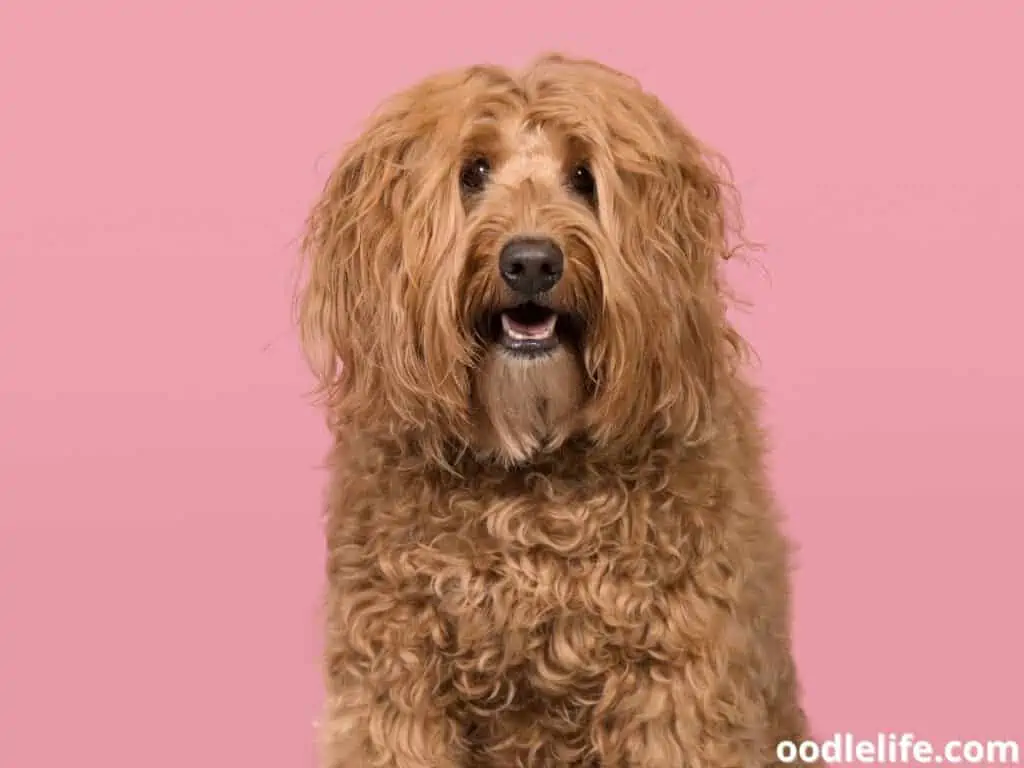
So how can you prevent your dog from becoming obese? The key is to feed them a balanced diet and make sure they get plenty of exercise. High-quality pet food will provide all the nutrients your dog needs without any excess calories.
And when it comes to exercise, try to mix things up to keep them entertained. Take them for a run around the block, play fetch in the park, or sign up for an agility class.
With a little bit of planning and discipline, you can keep your Labradoodle healthy and fit. Just ensure that they get plenty of exercise and be careful not to overfeed them.
Final Thoughts
With their floppy ears and heart-melting eyes, Labradoodles are one of the most popular designer dog breeds, and unfortunately, with its explosive popularity also come in-breeding and unethical breeders.
Regardless of generation, be sure that you are getting your Labradoodle from a reliable, reputable source. Whenever possible, ask to see DNA test results and OFA certificates to ensure that the litter is cleared of all genetic diseases.
